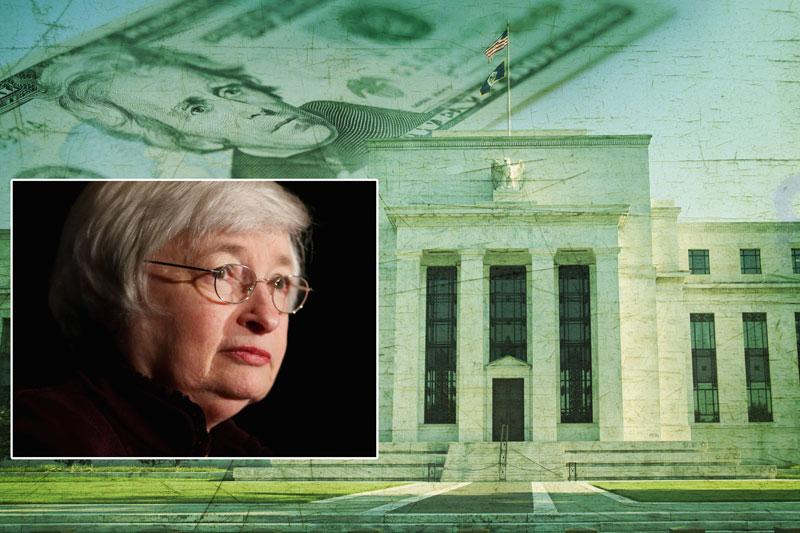The Federal Open Market Committee (FOMC) ended its quantitative easing (QE) program and upgraded its outlook on the U.S. economy in a distinctly hawkish statement on Wednesday.
The Fed also kept its “considerable time” phrase that addressed the timing of the first rate hike after the end of QE. The message is interest rates are still expected to be low for long, but the Fed has more reasons now to start raising rates sooner than what was previously thought.
Reflecting a move in the unemployment rate to 5.9 percent (a six-year low), the Fed’s prior characterization of the underutilization of labor resources was said to be “gradually diminishing.”
The labor market is not out of the woods yet as wage growth remains benign and part-time workers aren’t able to get full-time jobs. But the Fed clearly acknowledged the improvement in the labor market.
In addition, the threat of below-target inflation, “has diminished somewhat since early this year.” Inflation remains low with September’s CPI reading being 1.7 percent, below the stated 2 percent target. Near-term inflation has been affected by lower oil prices, but longer-term forward inflation expectations have stabilized since a fall in September.
As long as longer-term inflation expectations don’t rise too quickly, rate hikes won’t be needed sooner than expected, the statement explained.
End of QE
Much anticipated was the end of the Fed’s quantitative easing program. The Fed has been tapering by $15 billion at every meeting from a starting point of $85 billion a month in asset purchases last year.
The Fed still feels that accommodative financial conditions are appropriate, however, and the policy of maintaining reinvestment of principal in mortgage-backed securities and Treasury securities will continue.
The global growth concerns that contributed to a strong U.S. dollar include the threat of recession in Europe and China’s growth slowing further, geopolitical issues, and even the Ebola threat. The Fed did not acknowledge any of those factors despite the market volatility since the last FOMC meeting on Sept. 17. Since then, the U.S. 10-year bond has traded in a 79-basis point range (0.79 percent), touching in intra-day low of 1.86 percent on Oct. 15 to an intra-day high of 2.65 percent on Sept. 19.
Stock markets have experienced a roller-coaster ride as well with the S&P 500 reaching as low as 1820.66 (Oct. 15) from a high of 2019.26 (Sept. 19).
The lone dissenting vote came from Narayana Kocherlakota, President of the Federal Reserve Bank of Minneapolis, who believed the bond-buying program should have continued at its current level. His concerns surrounded shorter-term inflation expectations running below target.
With Kocherlakota, known for his dovish views, being the lone dissenter, the balance within the FOMC is decidedly hawkish.
Market Reaction
Leading up to the 2 p.m. Fed decision, Treasury bond yields had moved higher by one to three basis points and the S&P 500 was down roughly 0.25 percent. Post decision, bonds sold off further and the stock market drifted lower.
Markets will need to adjust to a Fed that is trying to wean it off further liquidity injections.
Given the Fed’s assessment, not surprisingly, the U.S. dollar strengthened. Of note, the euro weakened as the European Central Bank is expected to ramp up asset purchases while the Fed stops its own. The divergence between the two economies exacerbating was being reflected in the currencies.
Market expectations focused on a mid-2015 first rate hike, instead of one later in 2015.
The good news is the U.S. economy has been nursed back to sufficient health such that the Fed does not feel the need to keep buying bonds to keep long-term interest rates low. At some point next year, the Fed is expected to start raising the federal funds rate from the current 0 to 0.25 percent gradually and in a “balanced approach.”
The FOMC next meets on Dec. 16-17. It will provide a new summary of economic projections and Fed chair Janet Yellen will give a press conference.
*Image of “Fed building with dollar bill“ via Shutterstock





